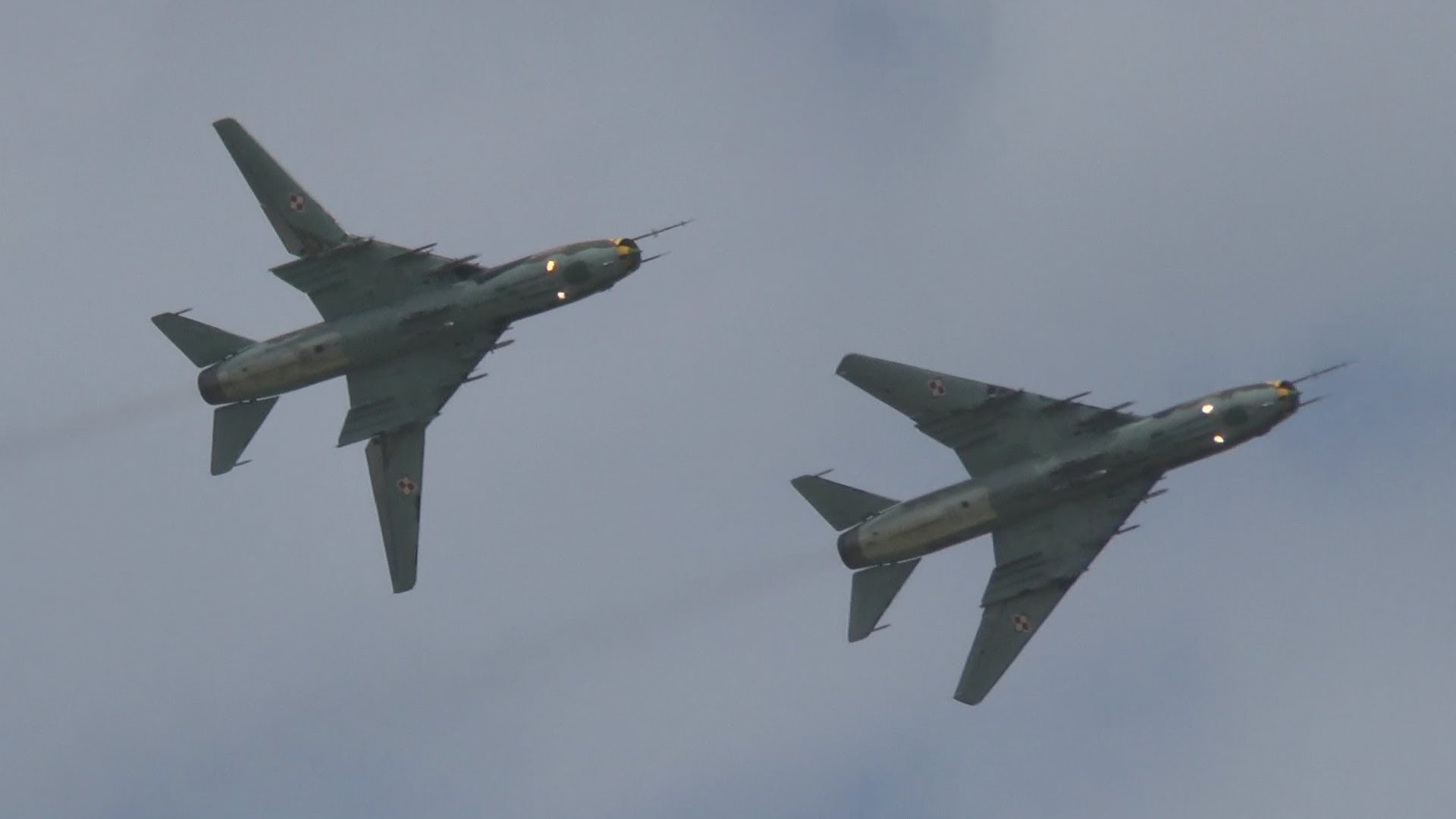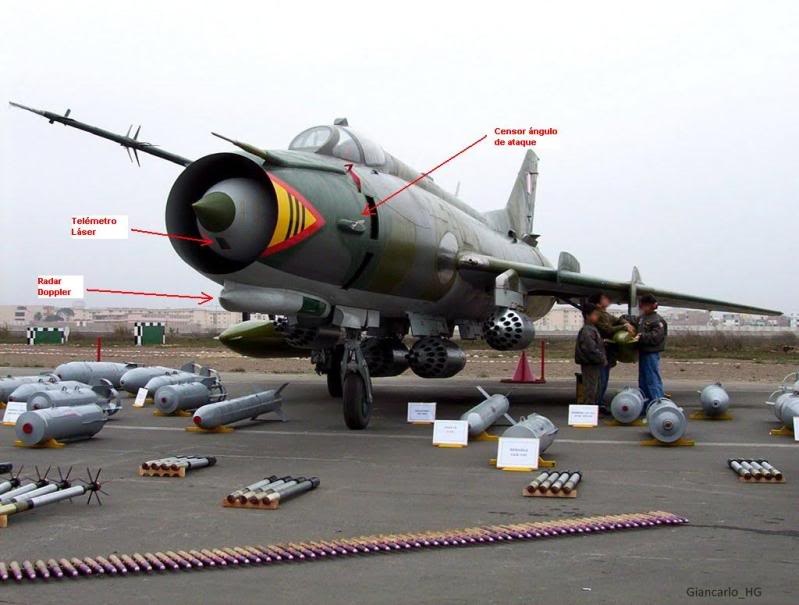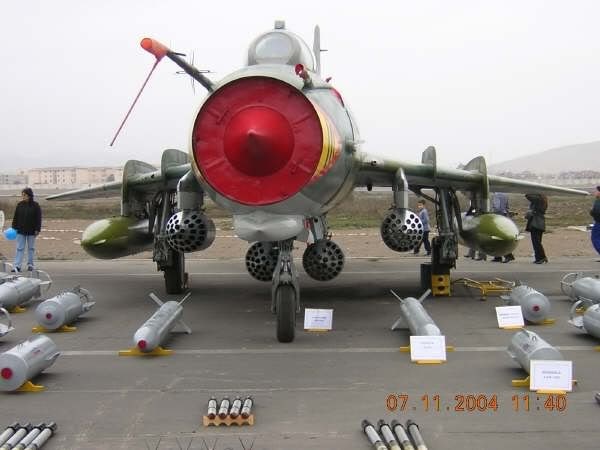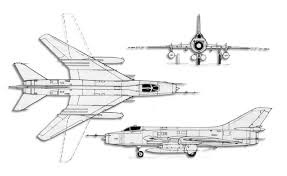A Brief History of the Soviet-Era Jet the US Just Shot Down

The Sukhoi 22 “Fitter,” as it’s known, has been operating in the Middle East for decades.
Advertisement

A variant of the Su-17 and Su-20, the Syrian Su-22 has been heavily used throughout Arab-Israeli conflicts such as the Yom Kippur War in 1973 (just months after Syria received the aircraft from the Soviet Union) and the 1982 Lebanon War.

Since 2012, the aircraft has been involved in Syrian President Bashar al-Assad’s war on insurgents.
Su-22s are believed to have delivered a nerve agent attack in April against the town of Khan Sheikhoun in northwestern Syria’s Idlib governorate.
As a result of the attack, U.S. President Donald Trump days later ordered two Navy destroyers to launch more than 50 Tomahawk missiles on the Al Shayrat base north of Damascus, from which the Su-22s launched. Roughly six aircraft were believed destroyed in the missile attack.

The Fitter is designated as a fighter-bomber but was originally used for ground attack. In the 1960s, Sukhoi aimed to upgrade its Su-7 low-level dogfighter, increasing its wingspan for greater maneuverability and increasing its armaments. Thus, the Su-17/20/22s were born.
The Su-17 was made into export Su-20 and Su-22 models, all vastly varying in weight, size, avionics, engines and weapons.
Depending on the variant, the single-engine aircraft can transport a variety of bombs — including cluster bombs, rockets and air-to-air missiles. The Fitter F variant, for example, has a maximum takeoff weight of roughly 39,000 pounds and can carry between 2,500 and 4,000 pounds in bombs, according to military historian Spencer C. Tucker, author of “Persian Gulf War Encyclopedia.”
Other Fitter variants have been known to carry 8,000 pounds in bombs.

“Powered by a single 24,700-pound-thrust Lyulka AL-21F turbojet engine, it is capable of 1,380 miles per hour and has a ceiling of 46,590 feet,” Tucker writes in his account of the Persian Gulf War. The aircraft is armed with two NR30 30mm cannons mounted in the wings, and has six to eight hardpoints for carrying either bombs or rockets, he says.
Even before the F/A-18 shootdown — a first for the U.S. Navy’s E model Super Hornet — the Su-20/22 had seen losses. During the Iran-Iraq War in the 1980s, dozens of Iraqi Fitters were shot down, destroyed or damaged. During the Gulf War, U.S. Air Force F-15 Eagles claimed two of the Iraqi aircraft as well. Some were transferred between Iraq and Iran after the conflicts, with dozens appearing recently in Syria at the start of its civil war.

Nations that have owned or operated the aircraft include Poland, Libya, Angola, Vietnam, Yemen and Peru.
To read more, please visit: https://disq.us/url?url=https%3A%2F%2Fwww.defensetech.org%2F...











